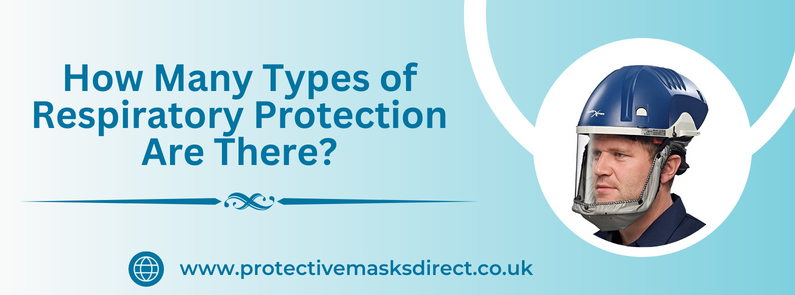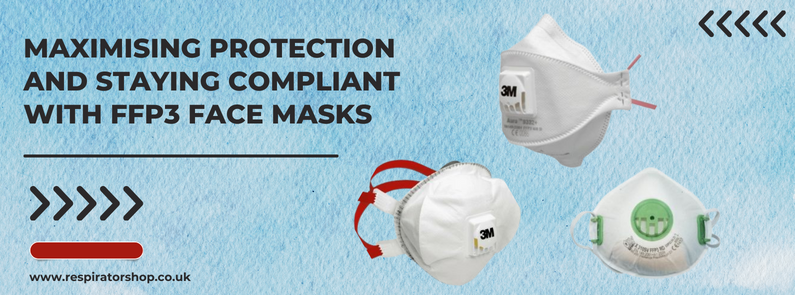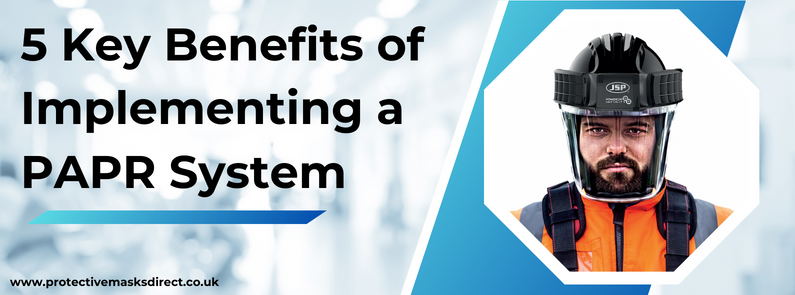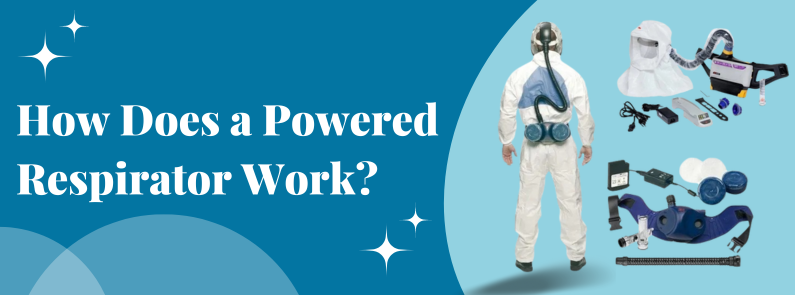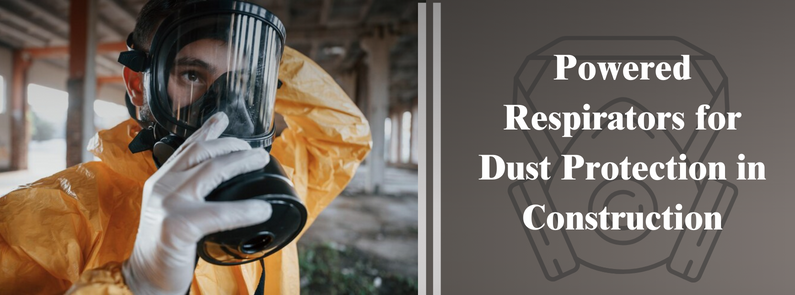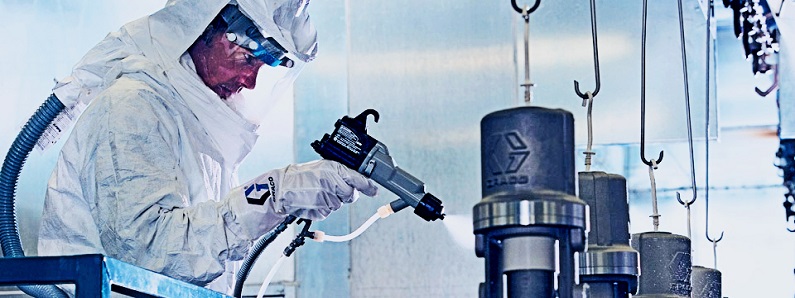
The article will cover general paint spraying, decorating & DIY using conventional paint spraying products that tend to be solvent based commonly known as cellulose paints (Contain non reactive organic products) as well as paint spraying with isocyanates (Contain reactive products such as epoxy or isocyanate containing products) & SMART spraying.
Paint Spraying Conventional Solvent Based Paints
General Paint Spraying, Decorating & DIY.
Conventional spray paints are solvent based & commonly known as “cellulose paints”. Health risks from paint spraying include irritation to the eyes, skin, nose and throat.
Spray Paint Mask Recommendations:
Half masks with the correct replaceable organic and particulate filters are recommended such as the Sundstrom Spray painters kit which contains the reusable half mask respirator, filters, pre filters in a handy box or the maintenance free spray paint respirators such as the 3m 4251 or 3m 4255 masks which can be used until the filters clog. (Filters cannot be changed & the whole unit is replaced once the gas filters are saturated). The 3m 4251 mask has A1P2 filters & the 3m 4255, A2P2 filters (The A2 filter has a longer period to saturation than the A1).
As far as protective comparisons between the half mask respirators, the Sundstrom Spray Painters Kit provides the highest level of protection (Filters can be replaced) followed by the 3m 4251 & 3 4255 Masks in equal position.
To ensure that your eyes remain free from irritation caused by the spray mist suitable goggles should be worn as well as the correct protective disposable coveralls.
Body Shop Paint Spraying (Reactive Paints) & SMART Spraying
Isocyanate Spray Paint RPE
Almost all motor vehicle repair bodyshops will be using paints containing isocyanates known as 2-pack, 2K or polyurethane paints and isocyanates are can also be present in some water-based paints (ie emulsion based with reduced solvents), base coats and lacquers.
Paint spraying produces invisible fine airborne spray mist which will take a degree of time of disperse and can easily be breathed in & visors should never be lifted until totally cleared. The time taken for the spray mist to clear can be checked using a fog/mist generator generally considered to be circa 30 minutes.
The HSE have a useful research report “An automated system for indicating spray clearance times of MVR spray booths and rooms” on this topic.
MVR paint sprayers have a 90 times higher risk of developing asthma compared to the general population with 2-pack isocyanate paints the main cause of occupational asthma in the UK.
Air fed masks attached to an airline compressor such as the SR200 Airline should always be used when spraying isocyanate paints alongside Cat 3 Type 5/6 Coveralls & disposable nitrile gloves.
It is vital that only air fed masks are used with isocyanate paints rather than half masks & the HSE has a case study where a mechanic instead used a half mask for spraying 2-pack paint in an enclosed area & after 2 months started complaining of wheezing in the evenings & within 2 years was suffering with severe asthma.
SMART Spraying (Small & Medium Area Repair Technique)
This section covers SMART paint spraying techniques as defined under (COSHH) the Control of substances Hazardous to Health Regulations 2002 for paints & lacquers containing isocyanates. (Reactive Products) to limit the chances of exposure to developing occupational asthma & dermatitis. The correct respiratory protective equipment (RPE) & personnel protective equipment (PPE) required to undertake this work safely whether an air fed mask or a half mask with the correct filters and the correct grade protective coveralls will also be outlined.
SMART spraying by definition covers small scale spraying repairs and should not extend to a complete panel or panels. The work tends to be undertaken outside using a mini spray gun where spraying is unlikely to exceed 1 minute per coat (Spray job may take several minutes) or an aerosol spray can is used. Regardless of where spraying is being undertaken it is important that anyone without an air fed mask is protected & in an outside environment they should be a minimum of 5 metres away from the sprayer but preferably 10 metres.
SMART spraying products are reactive ie they require mixing & may solvent based or water based. As per HSE recommendations the correct RPE must be selected as well as skin protection such as protective disposable coveralls & gloves.
If isocyanates are present within the reactive products and air fed mask must be used with an APF of 20 or higher such as LDM2 air-fed half mask or LDH3 air-fed visor. Filtering RPE is not suitable for spraying products containing isocyanates.
Where less hazardous products are used half mask filtering RPE with a protection factor of APF 10 or higher or disposable RPE can be used.
Additional PPE that is required if not using an air fed mask should be suitable goggles & hooded protective coveralls Cat 3 Type 5/6.

